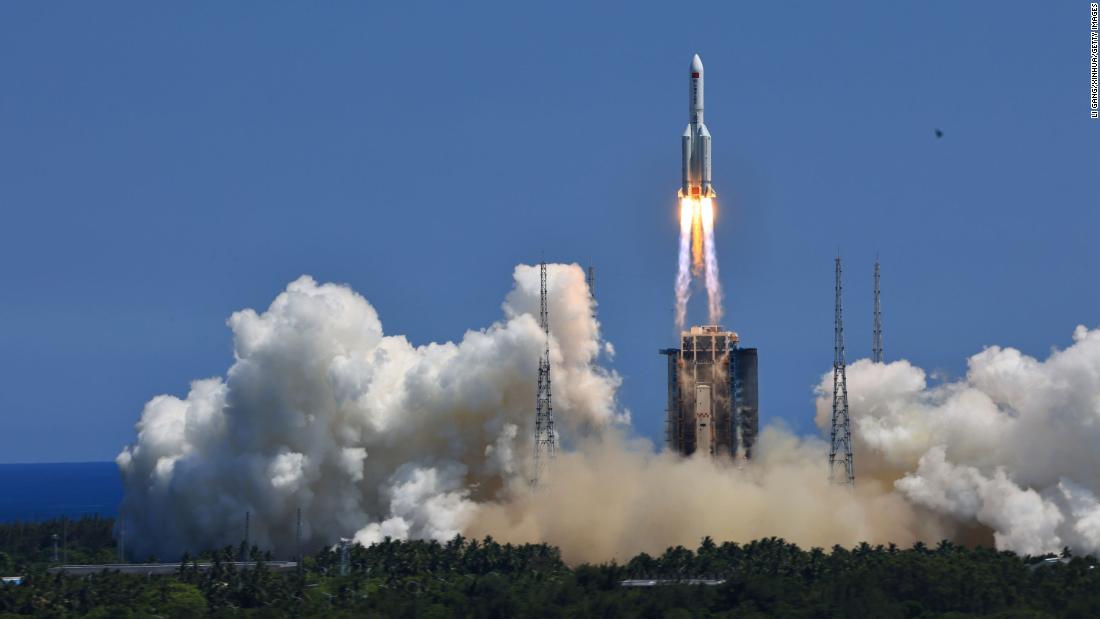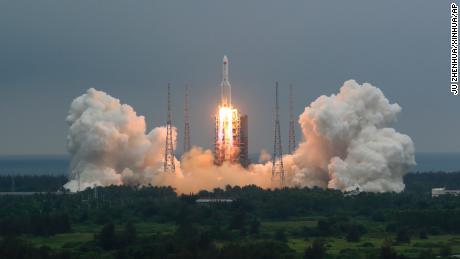
“This risk is entirely avoidable since technologies and mission designs now exist that can provide controlled reentries (usually into remote areas of oceans) instead of uncontrolled and therefore entire random ones,” he said via email.
Holger Krag, the head of the European Space Agency’s Space Debris Office, said international best practice was to conduct a controlled reentry, targeting a remote part of the ocean, whenever the casualty risk is too high.
He added that the re-entry zone for the rocket was geographically limited to between the latitudes of 41 degrees south and 41 degrees north of the equator.
The US Space Command said it will track the Chinese rocket’s fall back to Earth, according to a spokesperson.
Based on varying atmospheric conditions, the exact entry point of rocket stage into Earth’s atmosphere “cannot be pinpointed until within hours of its reentry,” the spokesperson said, but it is estimated to reenter the Earth’s atmosphere around August 1.
The 18th Space Defense Squadron, part of the US military that tracks reentries, will also provide daily updates on its location.
CNN has reached out to the China Manned Space Agency for comment.
Jonathan McDowell, an astronomer at the Harvard-Smithsonian Center for Astrophysics, said that space debris weighing more than 2.2 tons is typically brought down to a specific location on its first orbit of Earth.
“The point is that things that big are normally not put in orbit without an active control system,”he said.
With “no active control system, and no re-startable engine to boost it back down to Earth… it just tumbles along in orbit and eventually burns up due to friction with the atmosphere,” McDowell told CNN.
China was heavily criticized last year for its handling of space debris after it launched another module on a similar rocket. Its remnants plunged into the Indian Ocean near the Maldives 10 days after the launch.
“Spacefaring nations must minimize the risks to people and property on Earth of re-entries of space objects and maximize transparency regarding those operations,” said NASA Administrator Bill Nelson at the time.
Space junk such as old satellites reenter the Earth’s atmosphere on a daily basis, although most of it goes unnoticed because it burns up long before it can hit the ground.
It’s only larger space debris — such as spacecraft and rocket parts — that pose a very small risk to humans and infrastructure on the ground.
